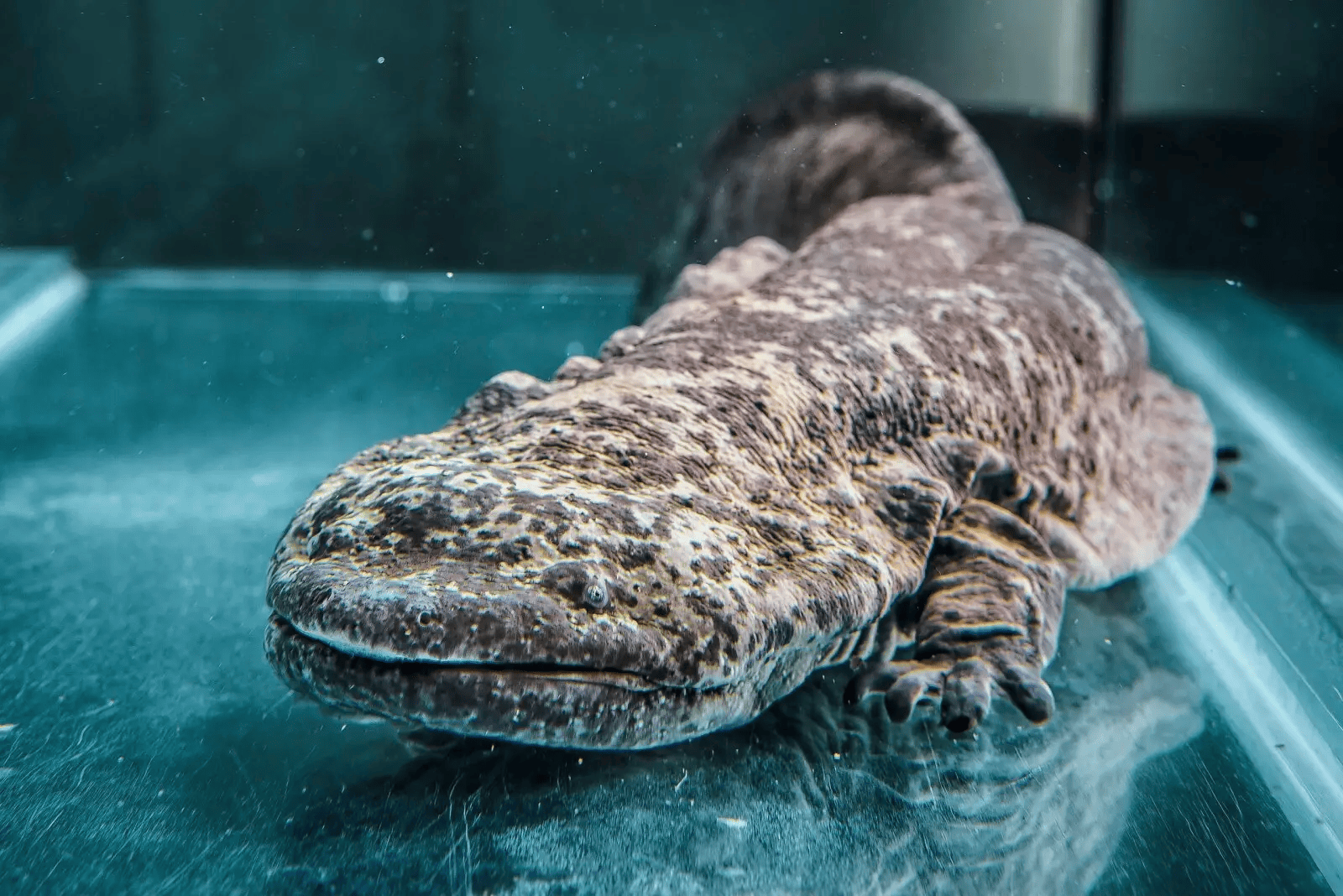What Is the Dumbest Animal? These 14 Defy Evolution

Ever wondered which animals seem to have missed a memo from evolution? Spoiler alert: it’s not your cousin who accidentally tried to deep-fry a turkey indoors! Instead, this lineup features animals with quirky quirks that sometimes make us wonder how they made it this far.
Some animals fail to recognize their own reflection, while others swim in endless circles after losing track of their starting point. And although intelligence comes in different forms, some creatures still rely on rigid survival tactics, showing little of the problem-solving we associate with smarts.
- Koala Bear

Koalas might just be the poster child for "not the brightest bulb." With smooth, compact brains, they struggle with simple problem-solving and even fail to recognize eucalyptus leaves unless they're attached to a branch. Since they sleep up to 20 hours a day to conserve energy, they're at the mercy of environmental changes and are vulnerable outside their forests.
- Giant Panda

Pandas depend on bamboo, a nutritionally weak food, and must munch on it for up to 16 hours daily. Add to that their disinterest in mating and frequent clumsiness, and it’s clear why these lovable animals seem out of step with adaptability.
- Slow Loris

The Slow Loris is another character with limited brainpower. This adorable but lethargic primate prefers staying still over trying to escape, even when danger’s near. Unfortunately, its slow movements and lack of adaptability make it vulnerable to sudden threats.
- Secretary Bird

Known for stomping on snakes with its powerful legs, the Secretary Bird might seem brave, but its rigid reliance on this tactic can be risky. If it mistimes a strike, especially with venomous snakes, it’s in trouble.
- Komodo Dragon

The Komodo dragon leans on brute strength and venomous saliva rather than clever hunting skills. Although effective, this powerful lizard relies on basic ambush tactics, showing little adaptability or learning.
- Horned Lizard

This lizard’s odd defense? It squirts blood from its eyes to spook predators. With little else in its survival playbook, the horned lizard relies almost exclusively on this bizarre tactic rather than more complex behaviors.
- Japanese Giant Salamander

Big, sluggish, and blending in with rocks, the Japanese giant salamander has little awareness of its surroundings, hiding more often than adapting to change. It’s a specialist in being slow and inconspicuous rather than savvy.
- Box Jellyfish

The box jellyfish drifts aimlessly, using venomous tentacles to sting anything that comes near. Lacking a brain, it operates purely on reflex, drifting through the ocean without much awareness.
- Cane Toad

Introduced to Australia to help with pests, the Cane toad has since spread unchecked, eating everything from insects to human trash. Unfortunately, its indiscriminate appetite and lack of adaptability make it destructive to local ecosystems.
- Turkey

Domesticated turkeys are prone to panic and confusion, sometimes injuring themselves when startled. In the wild, they use flocking for survival, but domestication has left them more vulnerable and less aware.
12. Sloth

The Sloth moves so slowly that algae grow on its fur! With poor eyesight and limited awareness, it sometimes mistakes its own limbs for branches. Though slow, this strategy works in rainforests but would fail in a more dynamic environment.
- Japanese Land Snail

With a simple nervous system, the Japanese land snail shows minimal problem-solving and limited awareness, depending mostly on retreating into its shell when faced with danger.
- Echidna

Covered in spines, the Echidna is an odd mix of anteater and porcupine. Its basic survival strategy is curling into a ball, revealing little adaptability or problem-solving beyond this defense.
Human Standards vs. Animal Intelligence
Intelligence is tricky to measure across species. Humans tend to judge "smart" animals by problem-solving and adaptability, like crows or dolphins. However, just because certain animals rely on instincts or have narrow survival strategies doesn't mean they're lacking entirely. They’re often uniquely equipped for their environments, just in ways that might look "dumb" to us.
Consider the sloth: it moves so slowly that it can seem comical, yet this slow pace is perfectly suited to its rainforest habitat. Similarly, the panda’s bamboo-based diet and selective reproduction seem impractical but have sufficed for their survival. So, while these animals may not pass our tests for intelligence, they reveal a kind of specialized smarts that fits their own wild worlds.



